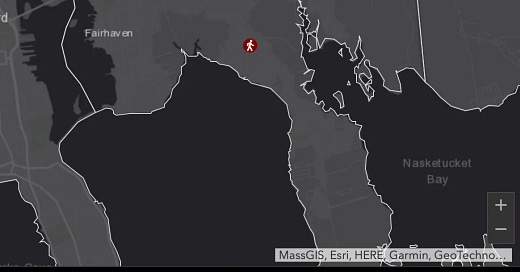At age 29, Katie Brienzo was known around Fairhaven as an advocate for people with disabilities. She was a secretary for the Commission on Disabilities and had spoken supporting equality at the national convention of the Association of People Supporting Employment First. Katie was an important voice among the advocates who successfully lobbied to change…
Keep reading with a 7-day free trial
Subscribe to StrongHaven to keep reading this post and get 7 days of free access to the full post archives.



